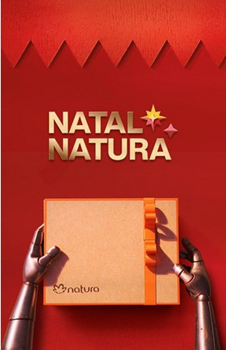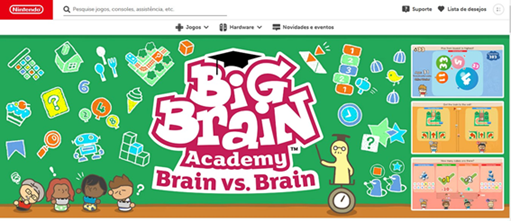If we wanted to describe the localization landscape, we would certainly talk about languages, communication needs, clients, and vendors. However, it would never be complete without considering the technology that makes localization possible globally, at any time, 365 days a year. Computer Assisted Translation (CAT) tools and Translation Management Systems (TMS) have become powerful assets in the industry, adding value to workflows in many different ways. They automate and manage crucial processes, like payments, vendor information, or allocation, while also providing quality features for translation, such as translation memories, term bases, or quality control tools.
However, despite their indisputable value, using CAT tools has other implications that need to be taken into account when analyzing localization workflows and projects.
Reluctance

Project Managers (PMs) may have to deal with reluctance from some vendors or clients that don’t use CAT tools. Misconceptions about tools being a threat to translators’ jobs are somewhat frequent, or people may wrongly mistake them for auto-translation tools. The use of CAT tools can jeopardize the relationship with the reluctant party, and PMs may need to assess if the tool is a necessary piece of the process or discuss other possible options.
Training and Specialization
As useful and productive as they can be, it’s also true that in order to use CAT tools efficiently, users need a certain degree of training. This reduces potential issues and allows users to take the best advantage of all the resources CAT tools offer. In terms of feasible project allocation, PMs teams need solid supplier bases that are trained in translation tools.
Creativity and Transcreation
CAT tools are most likely to be inefficient in very creative projects, such as transcreation or localization of products or brands. This is because CAT tools offer a bilingual environment where the source text is displayed in consecutive rows so that users can export a translated text with an identical layout as the source text. But sometimes transcreating a marketing campaign implies changing completely the word order, the amount of text, or even the graphic design of a document or product, so CAT tools won’t be necessarily helpful in these scenarios.




Row Focus
Because of the above-mentioned row-organized work environment, CAT tools can make linguists focus on isolated sentences (rows), and not consider the sentence in its context. Furthermore, propagation of repetitions and 100 percent matches may also pass for approved content, without further review. The isolation of sentences may become an issue for creative or literary texts, where translation is not always straightforward and word and sentence order may even be changed. Yet it’s possible to counter it with specialized translators, thorough in-context reviews, and editing steps.
Analytical Automation
Analytical and information-based processes include automation, but this doesn’t imply ignoring the scenarios where frequent workflows or tools may not be the best solution. A broader scope for examining translation projects helps the management team to consider all the options available and choose collaboratively the one that best suits each localization need.









